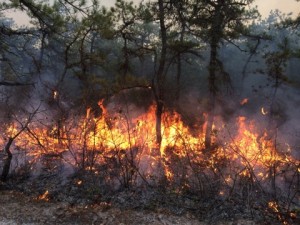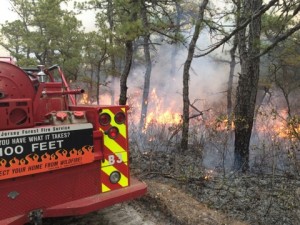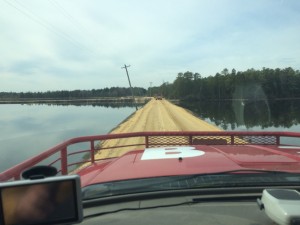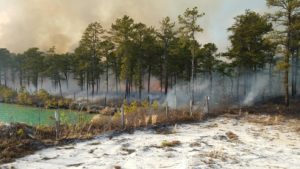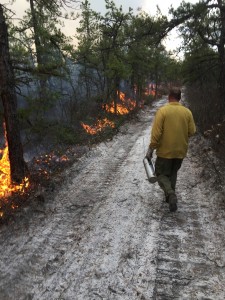It’s the burning season again in the Pine Barrens! While that might sound frightening, it just means it’s time to start doing some needed forest maintenance via prescribed burning.
Per the New Jersey Forest Fire Service:
The primary purpose of prescribed burning in New Jersey is to reduce the hazardous accumulations of forest fuels. This aids in the prevention of wildfires, reduces the intensity of the fires, and also provides a foundation for safer, more effective fire suppression and protection operations.
Pine Island has been a long-time proponent of this method and works closely with the fire service and our forester when it comes to this crucial method of forest maintenance. “Pine Island has a very long history of using prescribed burns to protect life and property on their land as well as the surrounding area,” says Bob Williams of Pine Creek Forestry. “In addition, it is used to sustain or enhance the overall ecological health of their forest. Fire is a critical component of sustaining this forest and used often in the farm’s forest management program. These forests need fire; it is as essential as rain or sunshine to the life of the forest. Native Americans used fire to sustain this forest as well as most forests across North America for millennia, and many plants and animals need fire to provide critical habitat components in their lives.” He understands the concern, but reassures people that all is well: “Weather permitting, people will see many smoke columns rising from the pinelands area in the coming weeks with no cause for alarm.”
While it’s been a very wet winter this year, putting us a little behind on our schedule, we’ve been able to get some done recently. With constant communication, our motivated team, and the able assistance of neighboring growers and fire experts, Pine Island is more than ready to keep up the the constant endeavor of caring for the place where we live, work, and grow!

